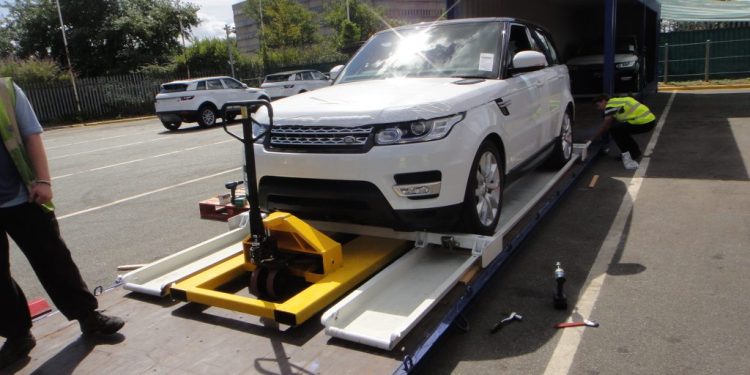Importing a vehicle into South Africa can seem like a complex process, but with the right guidance, it becomes much more manageable. Whether you’re looking to save on costs, import a unique model, or explore better options not available locally, this guide will walk you through everything you need to know about bringing a car into the country in 2025.
1. Why Import a Vehicle into South Africa?
Many South Africans choose to import vehicles for various reasons:
- Access to unique models or brands not available locally.
- Better pricing, especially on second-hand vehicles.
- Higher quality vehicles with additional features.
Before diving into the process, it’s essential to evaluate the benefits and ensure that importing is the best option for your needs.
2. Understanding Import Regulations in South Africa
South Africa has specific rules for vehicle imports to protect the local automotive industry and ensure road safety standards. Here’s what you need to know:
Types of Vehicle Imports
- Used Vehicle Imports: Generally restricted, but exemptions exist for classic cars, inherited vehicles, or emigrants bringing vehicles into the country.
- New Vehicle Imports: More straightforward, provided the car meets South African safety and environmental standards.
Key Requirements
- The vehicle must be right-hand drive.
- It should comply with South Africa’s roadworthiness and emissions standards.
- Obtain an Import Permit from the International Trade Administration Commission (ITAC).
- Secure a Letter of Authority (LOA) from the National Regulator for Compulsory Specifications (NRCS).
3. The Step-by-Step Import Process
Step 1: Research and Choose Your Vehicle
Start by identifying the make and model you want to import. Platforms like Auto24 are excellent for browsing second-hand cars from trusted dealers. Look for vehicles that meet South African regulations and compare prices.
Step 2: Apply for an Import Permit
You must apply for an import permit through ITAC. This document ensures the vehicle is legally allowed to enter South Africa.
Documents Required:
- Proof of ownership.
- Vehicle invoice.
- Personal identification documents.
Step 3: Secure a Letter of Authority (LOA)
The LOA certifies that the vehicle complies with South African safety and environmental standards. You can obtain this from the NRCS.
Tip: Ensure your car meets the right-hand drive requirement and has proper specifications for smooth approval.
Step 4: Arrange Shipping and Insurance
Once approvals are in place, arrange for the vehicle to be shipped. Choose a reliable shipping company that handles customs clearance. Don’t forget to insure your vehicle during transit to cover any potential damages.
Step 5: Pay Import Duties and Taxes
Imported vehicles are subject to taxes and duties in South Africa. These include:
- Customs Duty: 30% of the car’s value.
- VAT: 15% of the car’s value, including shipping costs.
- Ad Valorem Tax: Varies based on the vehicle’s value and engine size.
Pro Tip: Use an online duty calculator to estimate costs beforehand.
Step 6: Register and License the Vehicle
Once the vehicle arrives, it must be registered with the South African Department of Transport. This includes:
- Roadworthy inspection.
- Licensing fees.
- Number plate issuance.
4. Pros and Cons of Importing a Vehicle
Pros:
- Wider variety of vehicles to choose from.
- Potential cost savings on high-end or rare models.
- Access to better quality cars.
Cons:
- Lengthy process with strict requirements.
- High import duties and taxes.
- Risk of purchasing a non-compliant vehicle.
5. Practical Tips for Importing Vehicles
- Do your homework: Research the specific model you want and its compliance with South African regulations.
- Work with reputable dealers: Avoid scams by choosing trusted platforms like Auto24 to find reliable vehicles.
- Budget for additional costs: Factor in shipping, duties, taxes, and registration fees.
- Maintain your imported vehicle: Once your car is in South Africa, ensure regular servicing and use quality parts to keep it in top condition.
6. Conclusion
Importing a vehicle into South Africa can open doors to better models and unique options, but it requires careful planning and adherence to regulations. By following this guide and leveraging resources like Auto24 for reliable second-hand cars or Imoto News for the latest automotive insights, you’ll navigate the process smoothly and avoid costly mistakes.
Whether you’re looking for a family car or a classic vehicle, importing can be a rewarding experience if done right.





